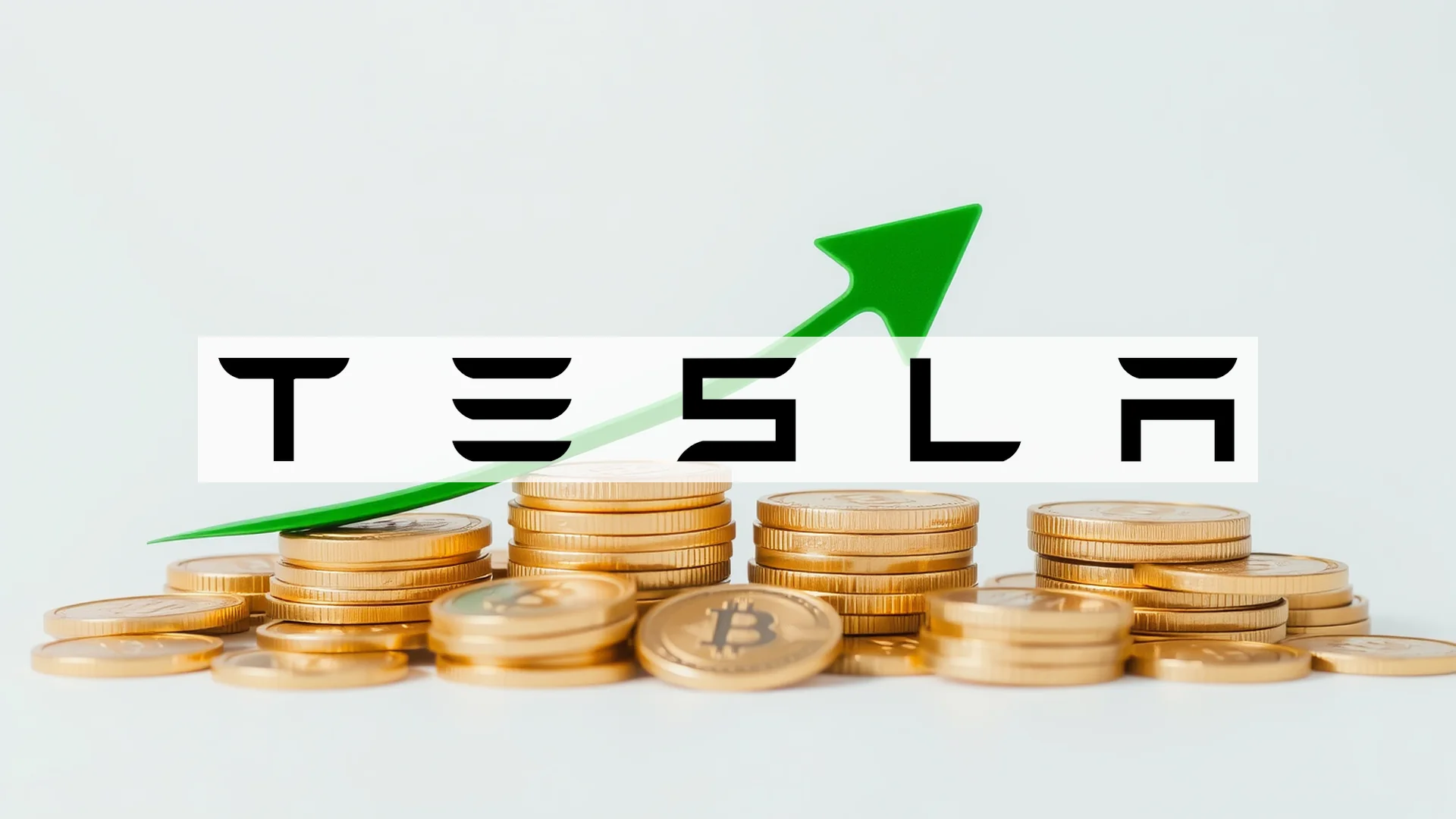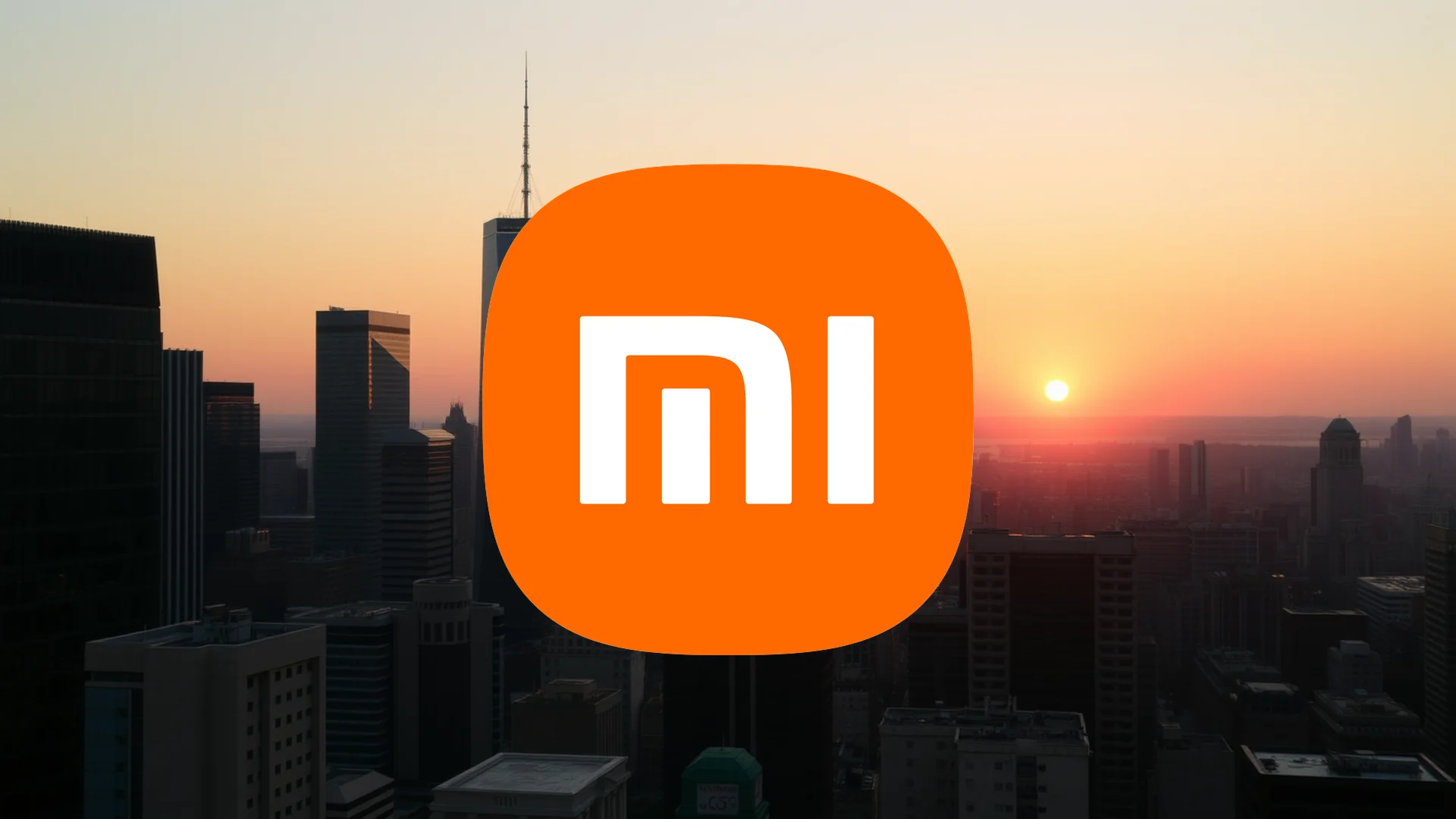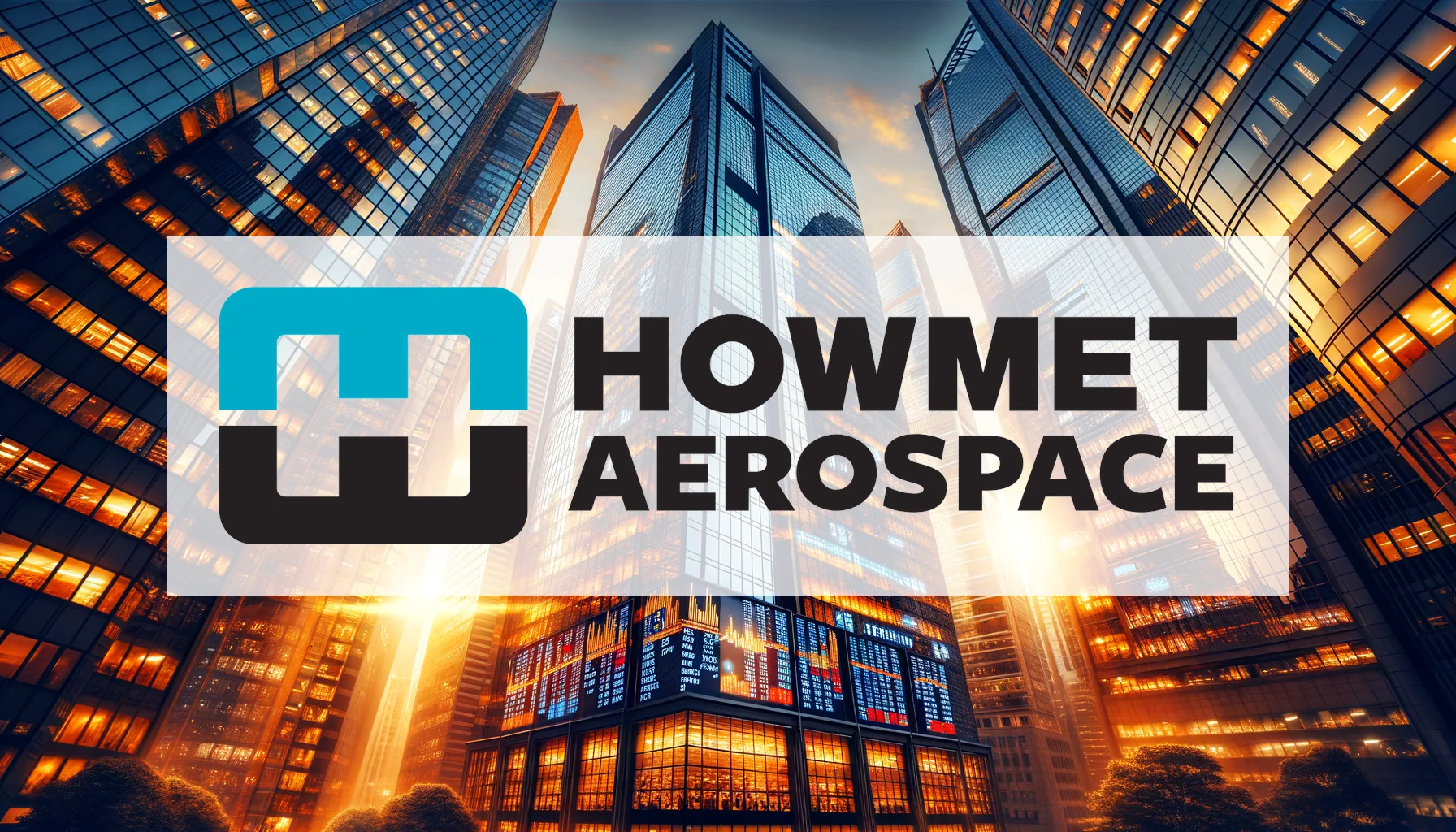Tesla investors have overwhelmingly endorsed what could become the most substantial corporate compensation package in history, granting CEO Elon Musk the potential to earn over a trillion dollars if he achieves unprecedented growth targets. During Thursday’s annual meeting in Austin, Texas, shareholders approved the ambitious incentive plan with more than 75% support, effectively tying Musk’s financial rewards to increasing Tesla’s market capitalization from its current $1.5 trillion to a staggering $8.5 trillion.
Unprecedented Performance Hurdles Established
The compensation package establishes a series of exceptionally demanding operational milestones that Musk must reach over the coming decade. These include delivering 20 million vehicles, deploying one million robotaxis on public roads, and selling one million humanoid “Optimus” robots. During the shareholder presentation, Musk characterized the Optimus robot as potentially evolving into “the greatest product of all time,” suggesting applications spanning healthcare, manufacturing, and beyond.
This shareholder endorsement represents more than mere compensation approval—it signals robust investor confidence in Musk’s strategic vision to transform Tesla from an electric vehicle manufacturer into a dominant artificial intelligence and robotics enterprise. The company’s board had previously cautioned investors that without appropriate incentives, Musk might redirect his attention elsewhere, emphasizing his indispensable role in Tesla’s future trajectory.
Market Response Reflects Cautious Optimism
Financial markets exhibited mixed reactions to the developments. During regular trading hours on Thursday, Tesla shares declined by 3.46 percent. However, following the after-hours announcement of the shareholder vote results, the stock reversed course, climbing more than 3% in extended trading.
Should investors sell immediately? Or is it worth buying Tesla?
Beyond the compensation discussion, Musk unveiled several significant product timelines. The fully autonomous “Cybercab” is scheduled to enter production as early as April 2025, while the next-generation Tesla Roadster will debut on April 1, 2026. Musk also hinted at potential collaboration with Intel for constructing a massive chip fabrication facility to address Tesla’s substantial artificial intelligence processor requirements.
Concurrently, Tesla continues strengthening its supply chain positioning. According to November 6 reports, the company is finalizing a multi-year agreement with Samsung SDI for lithium iron phosphate batteries destined for Tesla’s Megapack energy storage systems, representing a strategic move to diversify its battery sourcing.
Execution Phase Commences
With shareholder authorization secured, Tesla now enters its most critical developmental phase. The coming months will determine whether Musk’s ambitious projections—including his assertion that Tesla stands “just months away” from achieving unsupervised full self-driving capability—represent achievable targets or optimistic speculation.
Wall Street maintains cautiously optimistic positioning toward Tesla shares, with consensus ratings hovering between “hold” and “buy” recommendations. This assessment reflects the company’s substantial growth potential while acknowledging the significant execution risks. The immediate uncertainty regarding leadership commitment has been resolved, placing the responsibility squarely on Musk to deliver against these extraordinary objectives. The trillion-dollar wager is now officially underway.
Ad
Tesla Stock: Buy or Sell?! New Tesla Analysis from December 22 delivers the answer:
The latest Tesla figures speak for themselves: Urgent action needed for Tesla investors. Is it worth buying or should you sell? Find out what to do now in the current free analysis from December 22.
Tesla: Buy or sell? Read more here...










